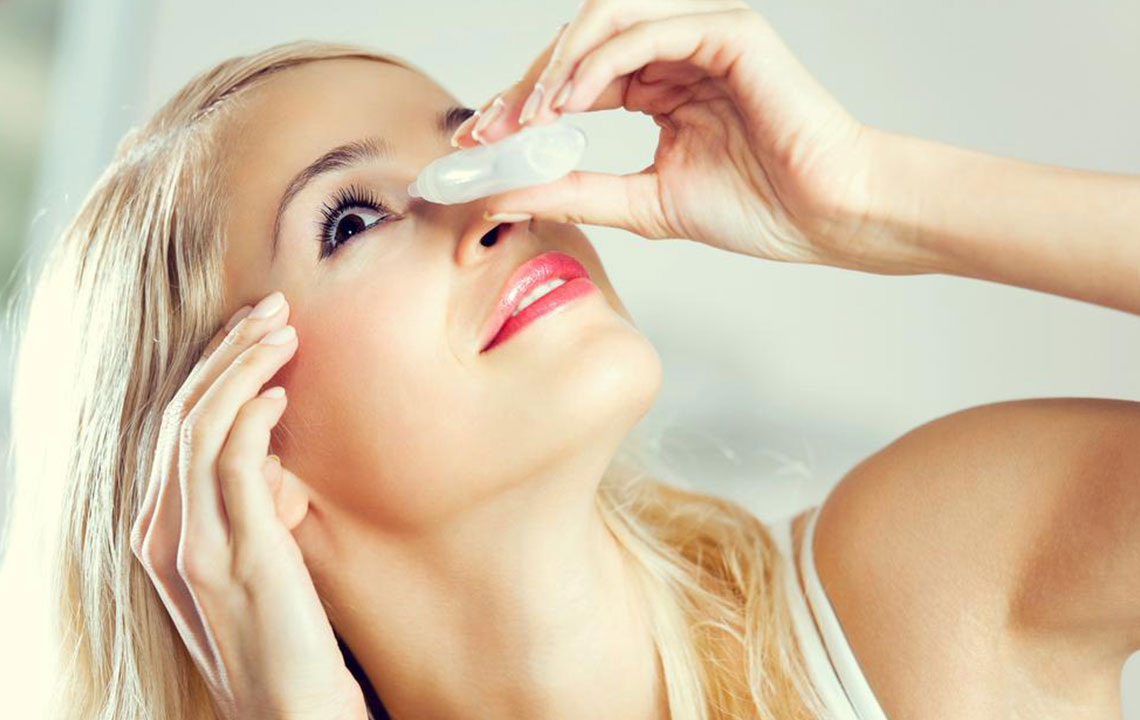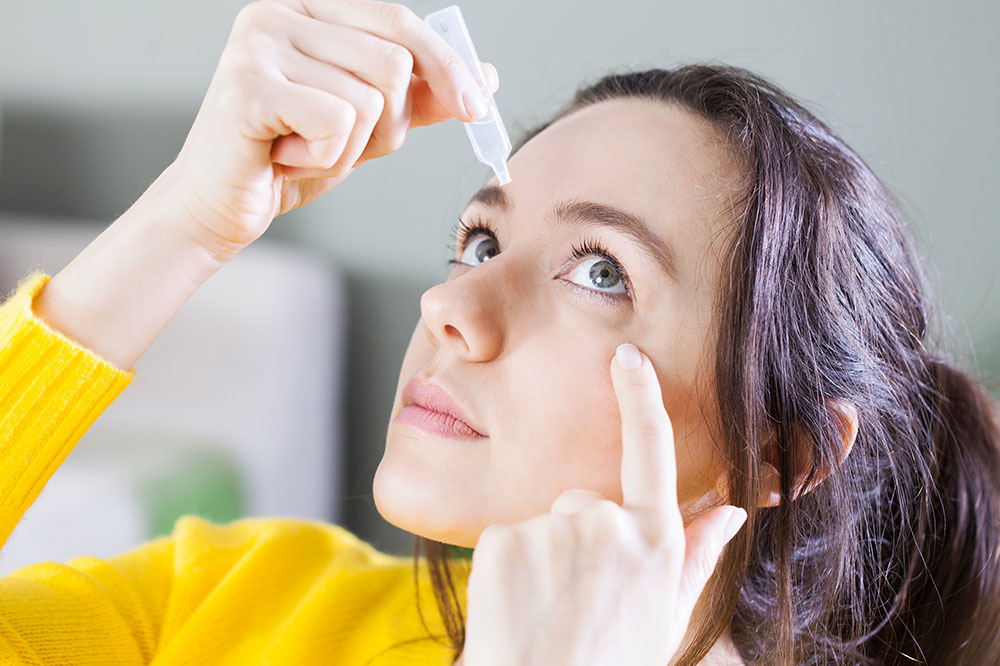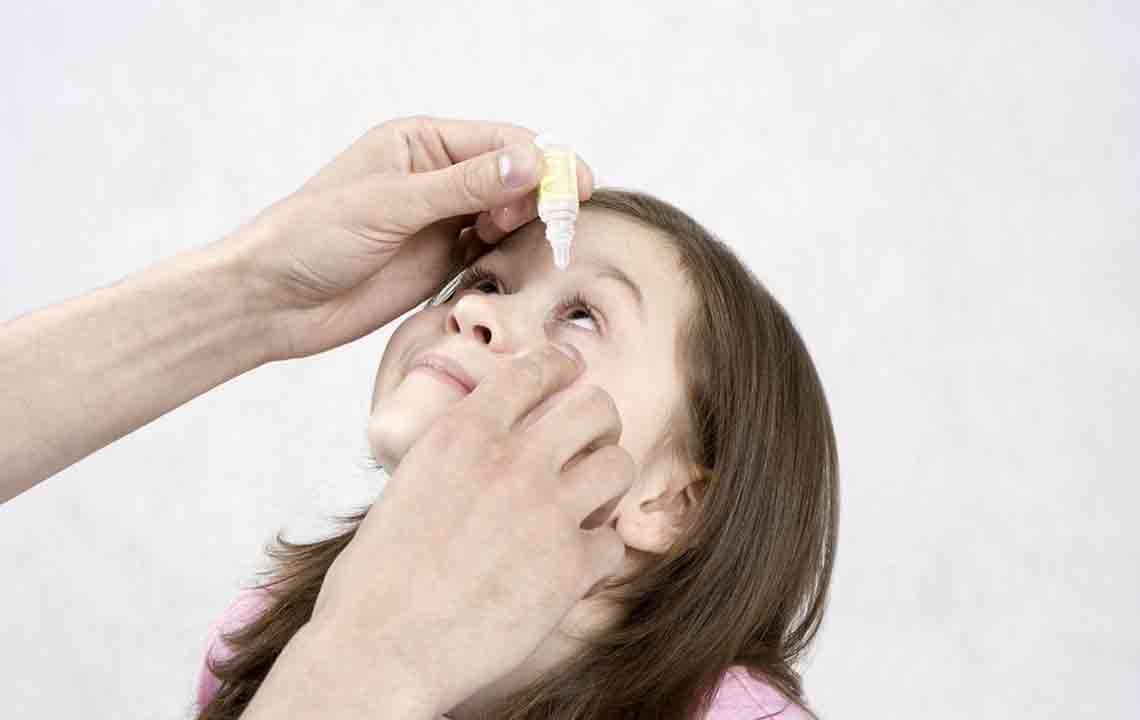Comprehensive Guide to Dry Eyes: Causes, Symptoms, and Effective Diagnostic Techniques
Dry eyes are a prevalent condition caused by reduced tear production or increased evaporation, leading to discomfort and potential damage. This comprehensive guide explores causes, symptoms, diagnostic methods, and treatment options for dry eyes. Recognizing the condition early through specialized tests and understanding its underlying mechanisms can significantly improve eye health and quality of life, especially in polluted environments or during prolonged screen use. Proper management, including lifestyle changes and medical interventions, helps maintain eye comfort and prevent long-term complications.

Comprehensive Guide to Dry Eyes: Causes, Symptoms, and Effective Diagnostic Techniques
Dry eyes, also known as keratoconjunctivitis sicca, represent a widespread ocular condition characterized by insufficient tear production or abnormal tear composition. This condition affects millions of people worldwide, leading to discomfort and potential damage if left untreated. The absence of adequate tears results in a dry, irritated, and often painful eye surface, impacting daily activities such as reading or using screens. Recognizing the causes, symptoms, and diagnostic procedures is crucial for effective management and prevention of complications.
The human eye relies heavily on a stable tear film to maintain comfort, protect against infections, and ensure clear vision. When this tear film becomes compromised, due to reduced tear secretion or increased evaporation, dry eyes develop. This condition manifests through diverse symptoms like persistent irritation, redness, blurred vision, a burning sensation, itching, sensation of heaviness, sensitivity to light, and the feeling of foreign bodies within the eye. Despite the body's attempt to compensate through reflex tearing, this often leads to paradoxical tearing, which does not resolve the underlying dryness, and may cause further discomfort.
Diagnosing the severity of dry eyes requires specialized attention from an eye care professional. Accurate diagnosis involves a series of tests designed to analyze tear production, tear film stability, and ocular surface health. Understanding the root causes of the condition is vital for crafting personalized treatment strategies aimed at restoring eye comfort and preventing further damage.
The primary causes of dry eyes are classified into two main categories: decreased tear production and increased tear evaporation. Decreased tear production, medically termed Keratoconjunctivitis Sicca, is often linked to aging, autoimmune diseases such as Sjogren’s syndrome and rheumatoid arthritis, certain medications, and post-surgical effects. Increased evaporation occurs due to environmental factors like dry or windy conditions, prolonged screen time leading to decreased blinking, eyelid malformations, or meibomian gland dysfunction, which affects oil production necessary for tear film stability.
The composition of tears is intricate, mainly comprising three layers: the outer oily layer produced by meibomian glands, the middle water-based layer from lacrimal glands, and the innermost mucus layer secreted by goblet cells. Any imbalance or dysfunction in these layers can cause tear film instability, leading to dry eye symptoms. For example, a deficiency in the oily layer accelerates tear evaporation, resulting in evaporative dry eye, while a decrease in aqueous (water) production causes aqueous deficiency dry eye. Both forms require tailored treatment approaches.
To accurately assess dry eye severity, eye specialists utilize various diagnostic tests. These include measurement of tear volume (such as Schirmer's test), evaluation of tear film stability (tear breakup time), ocular surface staining (using dyes like fluorescein and lissamine green), and imaging techniques to examine meibomian glands. These diagnostics help in identifying specific dysfunctions and guide therapeutic decisions.
Effective treatment options are diverse and depend on the underlying cause. Common approaches include the use of artificial tears and lubricants to supplement natural moisture, lifestyle modifications such as reducing screen time and increasing blinking, warm compresses to improve gland function, and prescription medications like anti-inflammatory agents. In some cases, procedures like punctal plugs or meibomian gland therapy are recommended to restore tear film integrity. Early diagnosis and intervention are essential to prevent chronic damage, especially in environments with high pollution levels or among individuals exposed to environmental irritants.





